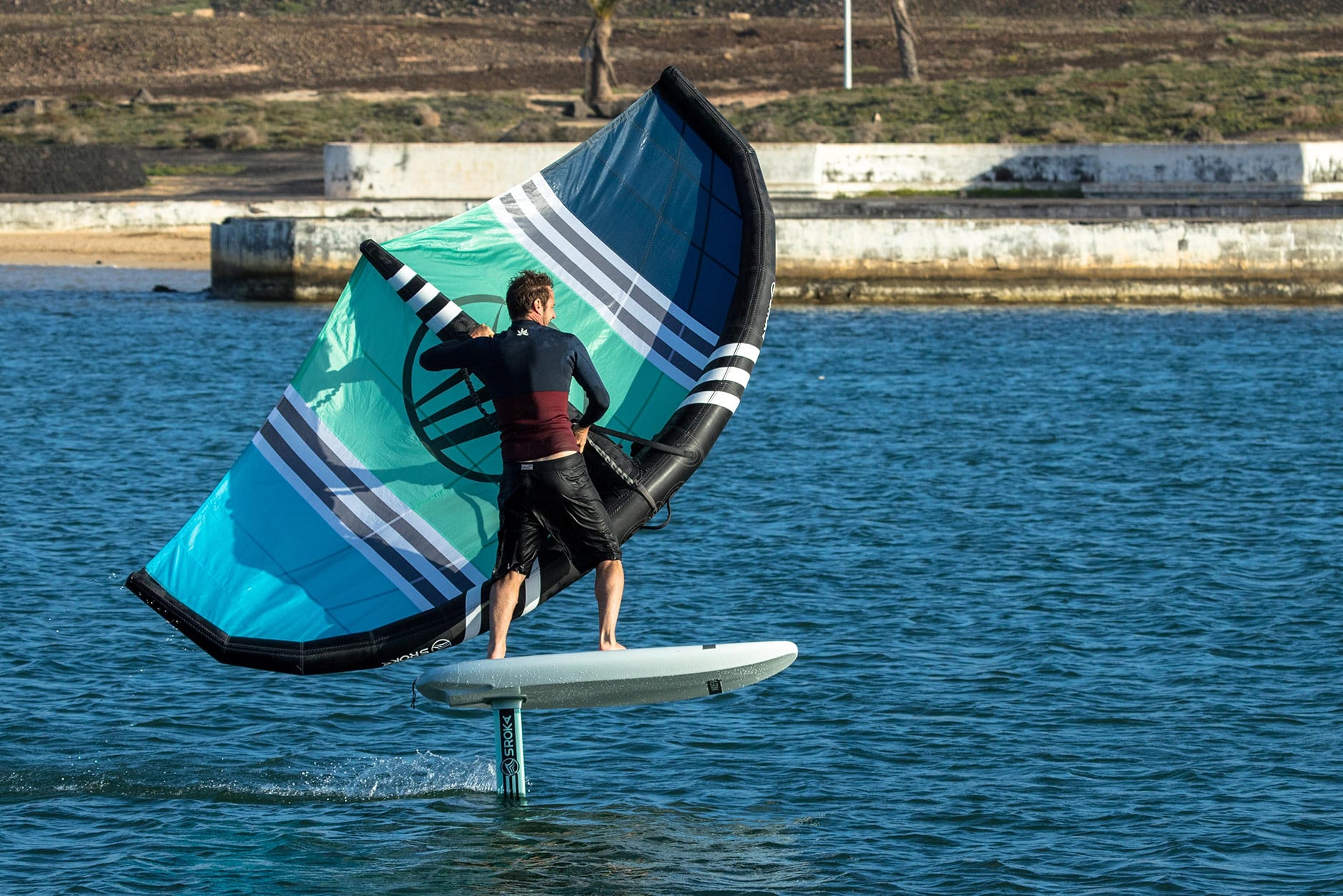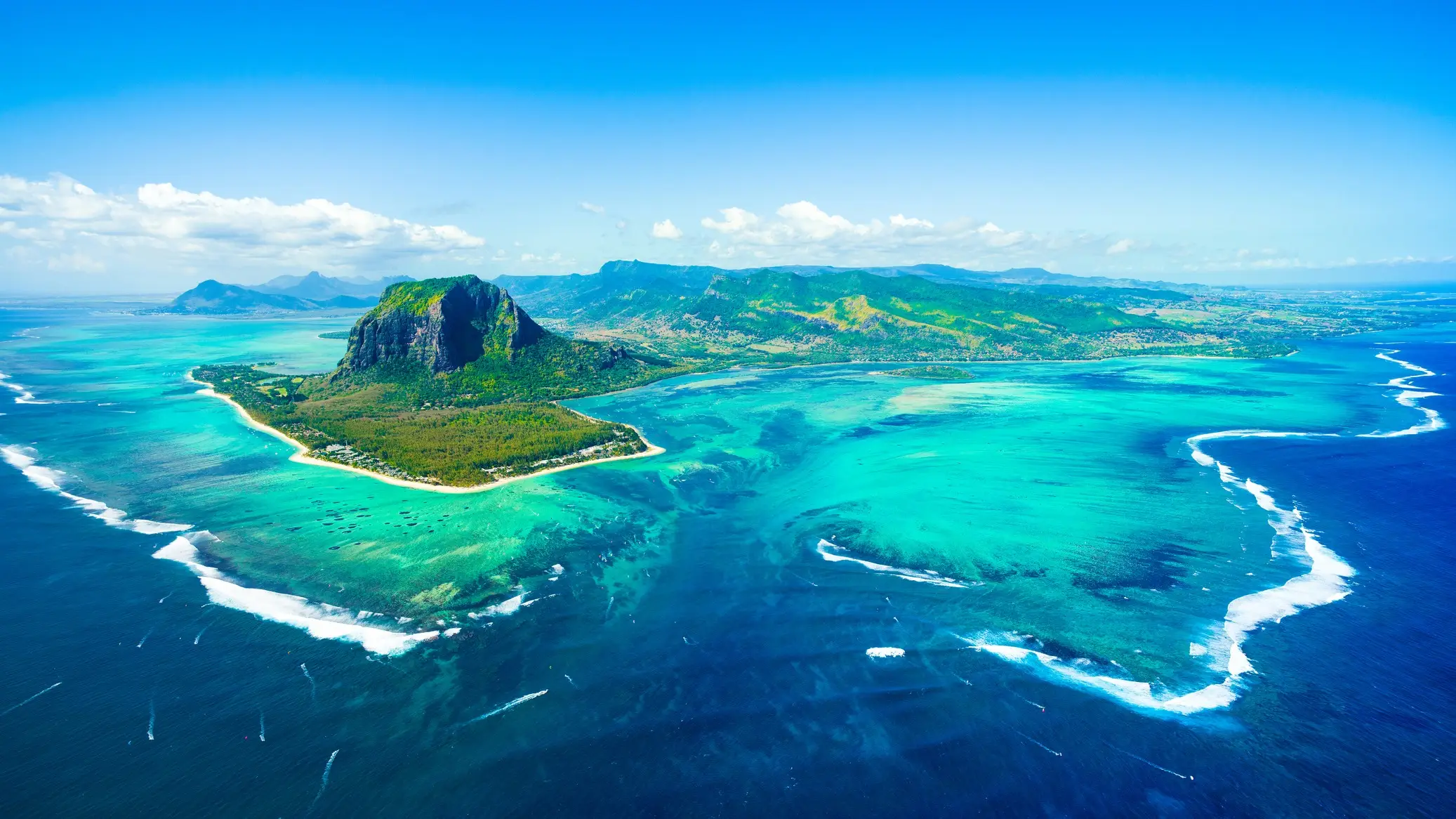Andalusia, a sunny region in the south of Spain, is a true paradise for water sports enthusiasts, especially wing foil. With its vast and diverse …
5 tips to start Foil Downwind
Imagine gliding over the waves, almost as if you were flying over the ocean!
Coming from downwind, which has been practiced in SUP for about ten years, downwind foil consists of going down the chop by letting yourself be carried by the wind and the swell trains while flying!
Downwinding is the definition of freedom, go with your board and paddle for flights that can last several hours depending on the spot chosen.
The idea in downwind is not to go as fast or carve as hard as possible, the objective is to glide as long as possible on the swell using your energy to move forward.
Who can go downwind foiling?
Foil downwind is accessible by different routes, some more difficult than others and requiring more experience.
- The wing option: Learning to wing foil is the easiest, during your wing sailing, find a swell train, take the wing in freefly and let yourself be carried away by the wave. As you gain more experience, you will be able to start paddling and therefore do real downwinds.
- Another option, for more experienced practitioners, is to jump straight into the deep end by paddleboarding to learn how to manage take-off and trajectories.
Everyone can practice downwinding on their own scale, and with practice, anything is possible.
1. Gear up for downwind SUP
By definition, downwind consists of going down the swell, in our case with a board equipped with a foil. It therefore seems obvious that the equipment can have a fundamental impact on downwind practice and is therefore ultra important.
The choice of board is essential, it will allow a take off as quickly as possible. The longer and narrower your board is, the better its glide will be and will allow you to take off with a little swell. But this also implies reduced stability that can cause falls. Opt for flat hulls or slightly with a double concave. Some brands offer round but very unstable hulls.
However, the boards are not very wide, optimizing the stability to maximize your chances of flying is fundamental.
It will also increase your useful practice time.
When you are starting out, it is important to choose a board with a minimum of width (do not overestimate yourself) such as our DW 7’2W which is 22 inches wide.
The more you progress, the more your progress in balance will allow you to take narrow boards and therefore less bulky in the air and especially with more glide such as our DW 7’2 which is 20 inches wide.
For those who want to fully embrace 100% downwinding, we have launched the DW 8’3 range: a specific board for downwinding by rowing.
We have 4 sizes 8’3 x 17, 8’3 x 19, 8’3 x 21 and 8’3 x 23.
Last information to remember about the board. A shorter board will be more difficult to paddle because you will have row (when you paddle on the right it goes to the left and vice versa).
So a 7’2 will be perfect if you want to do wing foiling and downwinding. On the other hand, if you want to optimize the downwind to 100%, take larger boards like our Dw 8’3 range
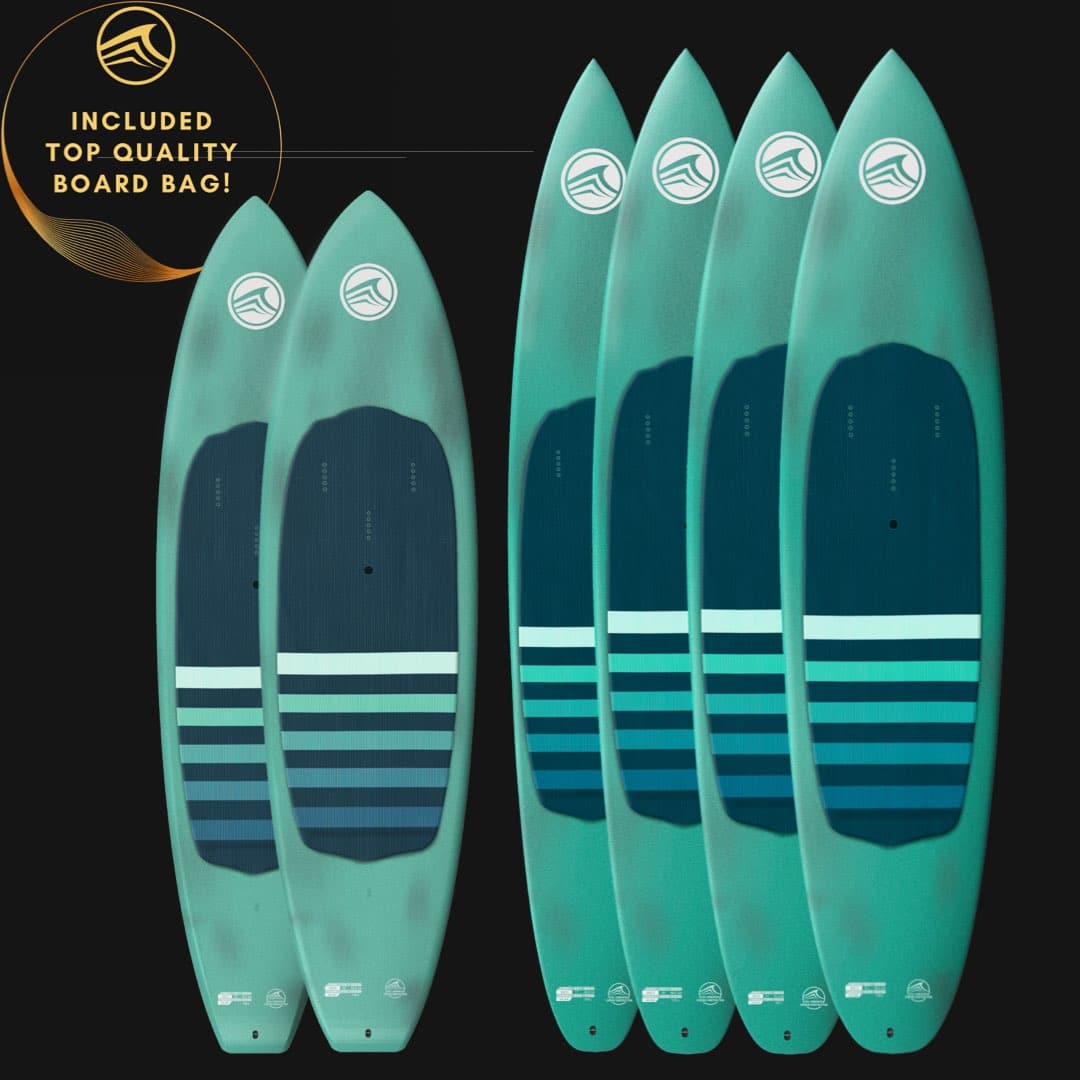
The mast:
The choice of mast is essential.
The stiffness of a mast is fundamental to have maximum control in your turns. The stiffer your foil, the more precise you will be on your feet.
If you are with an aluminum mast, a mast beyond 17 cm will be necessary to accept large front foil wings. Conversely, in carbon you will need to have the best ratio between very thin and stiff mast.
Generally a 14mm High Modulus mast (100% M40J High Modulus) will be perfect for downwinding.
You will gain glide, glide and flight finesse and thus you can fly more with less effort.
Front Wing Size: This is the engine of the foil, the size of your fin will influence your ability to turn as well as your ability to start early and connect by pumping if necessary. A small fin will be more maneuverable but will have less power to pump with. The choice of this fin is also influenced by the weather conditions, when the swell is formed and powerful, the surface area of the fin is reduced.
We have launched a Downwinder-specific range. This is the Downwind UHA range.
A range of front fins with a strong aspect ratio to maximize glide.
To start with, we advise you to go for the larger 1260 UHA to maximize the departure and the flight time. Then as you get your level and size and conditions, you can reduce the size of the front wing.
Fuselage: The length of the fuselage affects the nervousness of your foil, this will free up the foil in pitch. A shorter fuselage will make the foil more responsive, maneuverable and unstable. A longer fuselage allows for great stability. It is also possible to find a fuselage with a mast/fuselage junction that is set back to allow for more efficient pumping.
The stabilizer: As its name suggests, the goal is to stabilize the foil, so a big stabilizer will make your foil more “docile” and a little more lively. A smaller stabilizer will decrease drag and increase the speed of your foil.
Carbon or Aluminium foil: Both work very well, it’s a matter of budget. An aluminum foil will be cheaper and stronger to impacts. A carbon foil will be faster and more manoeuvrable thanks to its reduced rope and thickness, but it will be more expensive.
An example of an ideal foil for downwinding at SROKA is the UHA 1260 cm2 front wing with an 80 cm mast and a standard fuselage.
The choice of paddle
A carbon paddle will clearly be more efficient. To be the most effective, you should opt for a carbon paddle with a minimum of 50% carbon.
If you are not totally comfortable, put on a helmet and a buoyancy vest or an impact vest, the goal is always to have fun and therefore it is better to avoid injury.
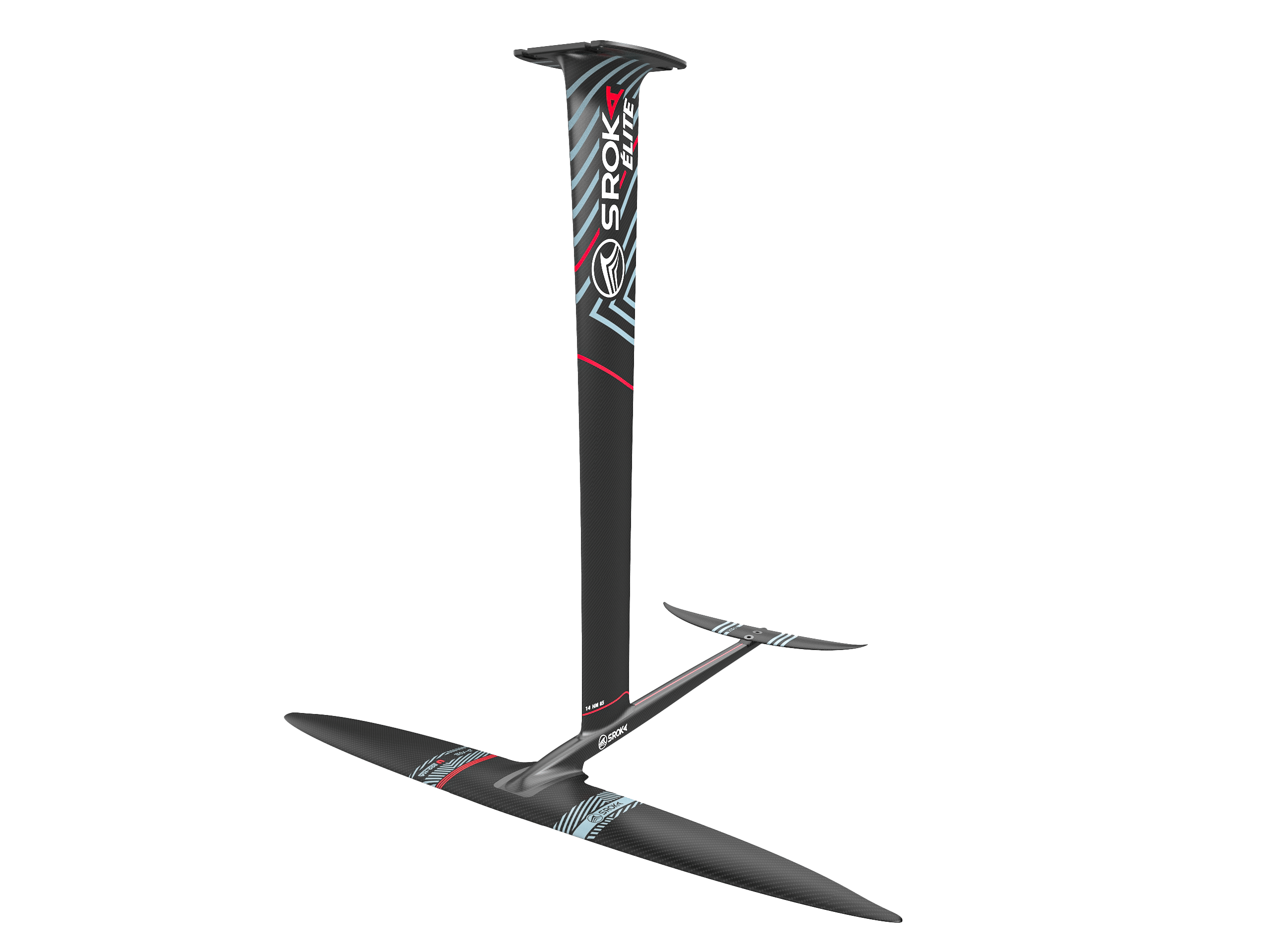
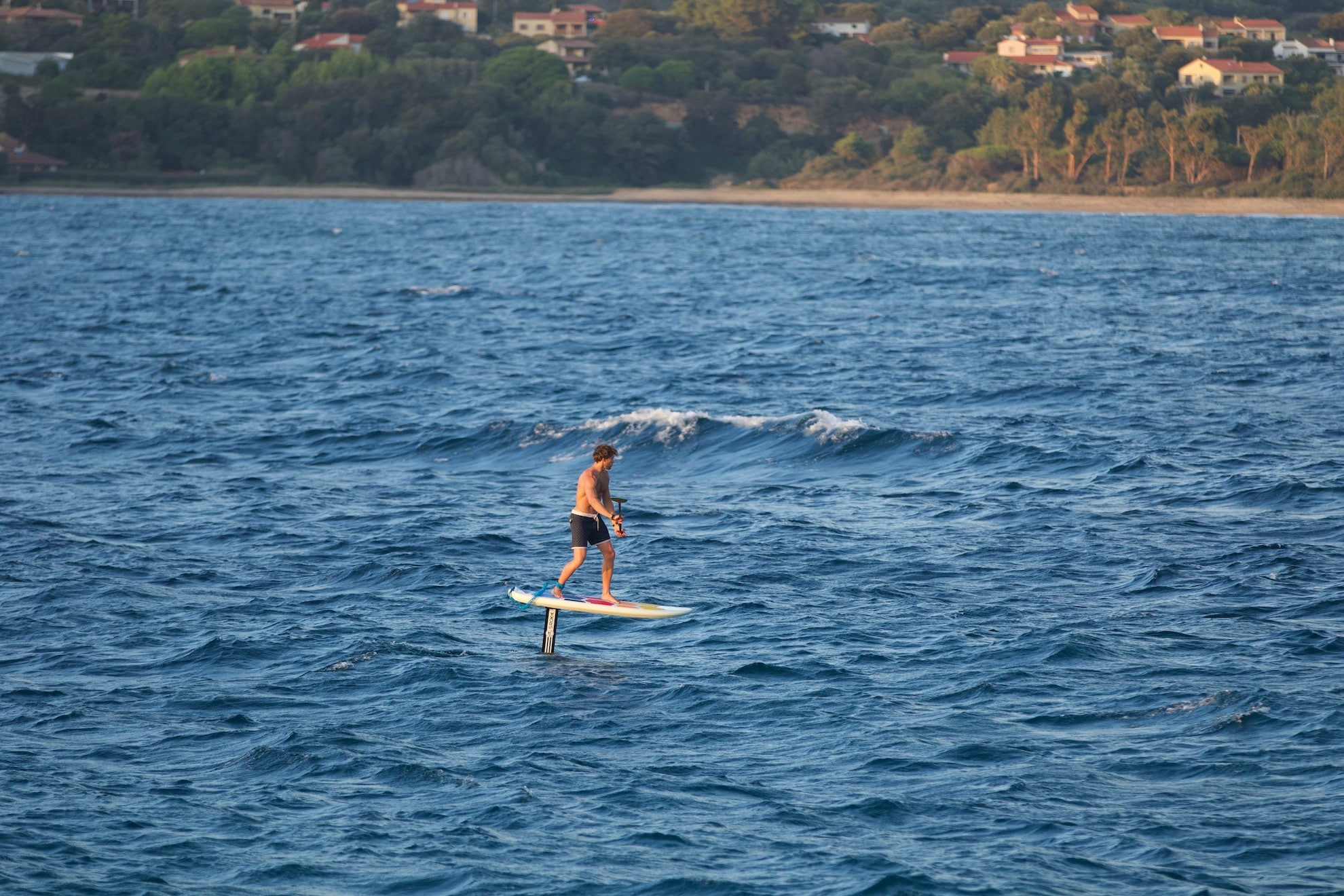
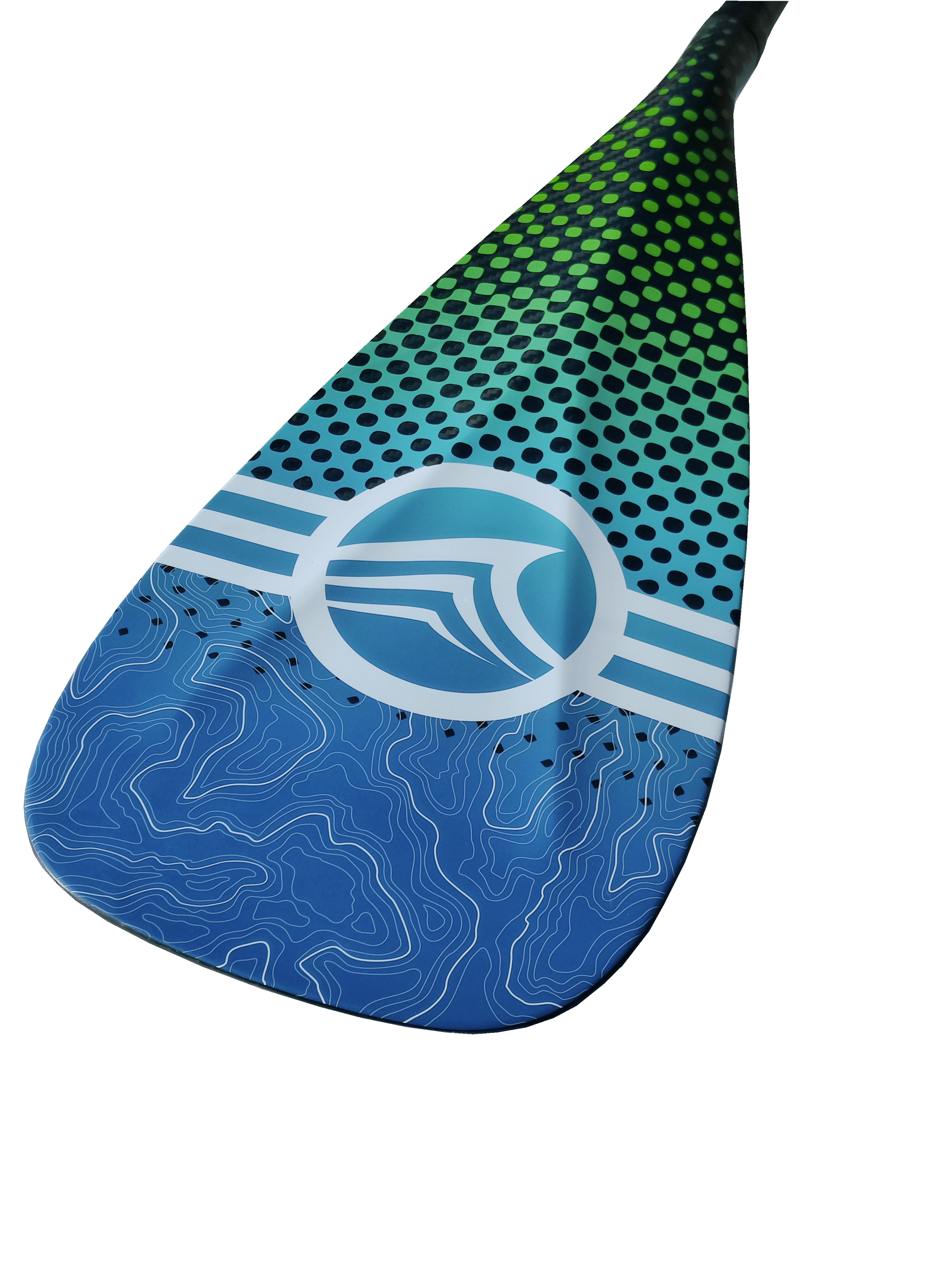
Alternative to paddling
Recently, a solution seems to have emerged to use a small traction kite connected directly to a small bar to leave very early without the need to row.
This is called the para wing.
Concretely, instead of rowing, inflate a small wing with the wind, and let yourself fly with this wing.
When you want to fold this kite into a small bag and fly effortlessly.
This alternative is intended for beginners or anyone who wants to discover the activity with a low technical level of paddling.
The ultimate advantage of this parawing solution for downwinding is to be able to take off even if you are no longer strong enough to paddle.
( This can also be perceived as a security.
2. The choice of the spot
Don’t overestimate yourself, choose a spot with few people to start with and above all stay away from everyone else to avoid colliding with another person.
Choose conditions where take-off is easy but where chop does not throw you off balance. Find a place where the swell is right in line with the wind.
Be careful at low tide where there is usually no bottom and the swell may be less in some places.
3. Learning balance and stability in downwind foil
Before you hit a wave, get used to the stability of the board.
If you are a complete beginner, first try paddling on flat water to better understand how the board reacts.
E Practice always rowing on the same side while trying to go as straight as possible.
This exercise will help you progress on the paddling technique.
4. Efficient downwind foil paddling technique
The technique differs slightly with a short and long board. But the efficiency of the train is fundamental to leave easily. It is the explosiveness of your movement that will make you move quickly and allow you to gain speed and be propelled by the wave.
Practice like on the flat start video. (even if you can’t do a flat start)
Once in the air, a few strokes of the paddle at the right time can save situations where you risk losing the flight, such as the loss of a swell train or an imbalance.
If you’ve managed to generate enough lift to go on flat terrain (or if you feel like you’re not far from taking off), it’s time to pick a slope to help you with a wave
5. Observation of the swell and the body of water and select the right slope.
In downwind mode, a large part of your efficiency will come from choosing the right bump to start.
Observe the body of water and choose the right bump (hollow enough) to try to fly.
The series of “bumps” usually work in 2, 3 or 4 games, and try to choose the biggest one to have the maximum power to take off.
Be the most explosive at that moment.
You have 2 to 3 seconds to give it your all.
If you have managed to synchronize the train with the slope, you will have enough power to take off.
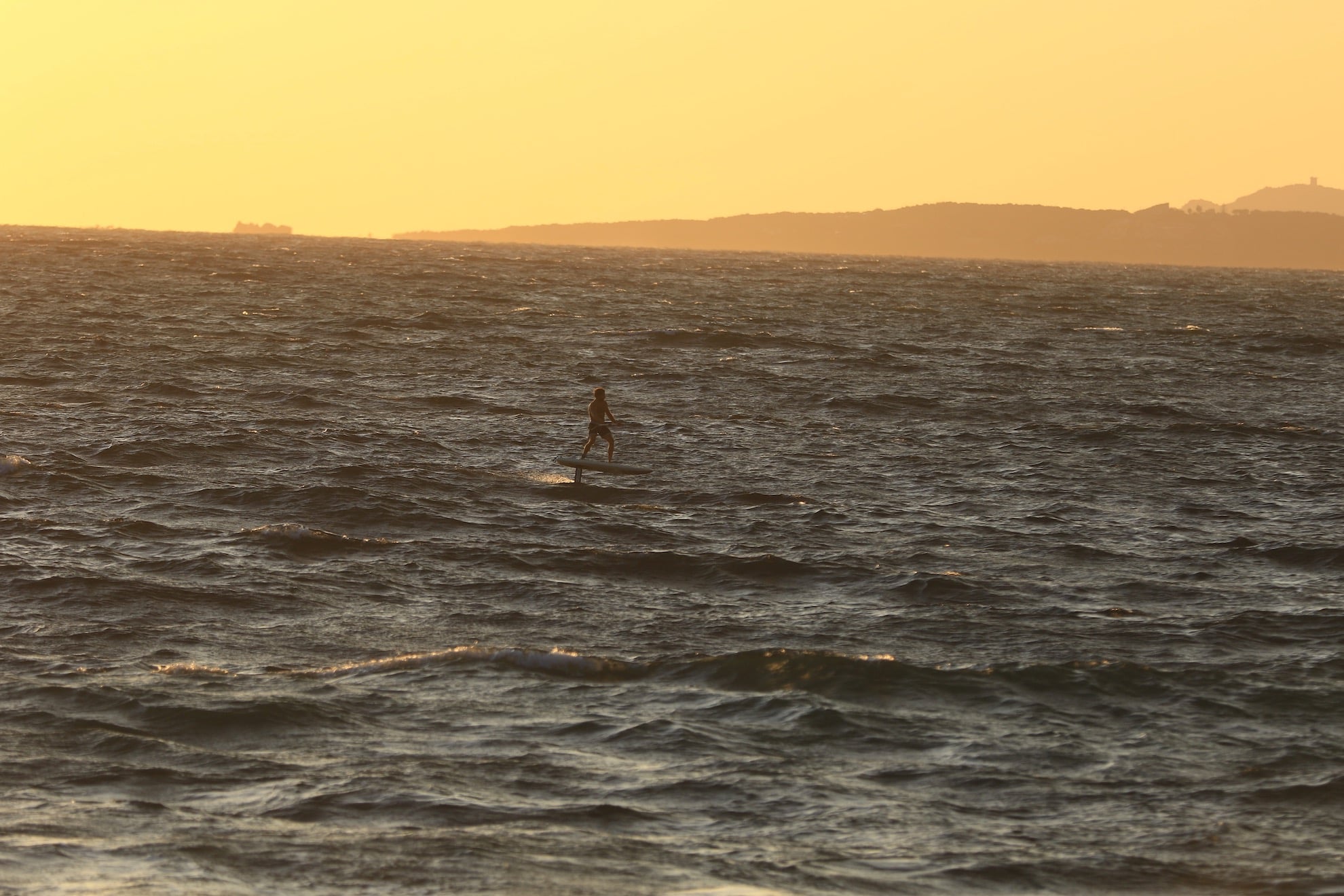
Bonus! Safety and best practices in downwind
As we mentioned earlier, the purpose of these sports is purely recreational, so you don’t have to put yourself in danger to be able to say that you are stronger or weaker than your neighbour. So if you’re going away from the board, opt for safety gear. If you’re close to the edge, there’s no need.
So if you go far, it is absolutely essential to equip yourself, the helmet and the impact vest are the minimum.
The safest thing to do is to practice in a group and for everyone to look out for the others.
But to avoid problems, it is ideal to take with you:
- a telephone
- a GPS watch (ultra 2)
- a fluorescent vest
- possibly flares
- a tow line
- A secumar belt can be a solution.
It’s a belt that inflates with a CO2 cartridge and a distress flare.
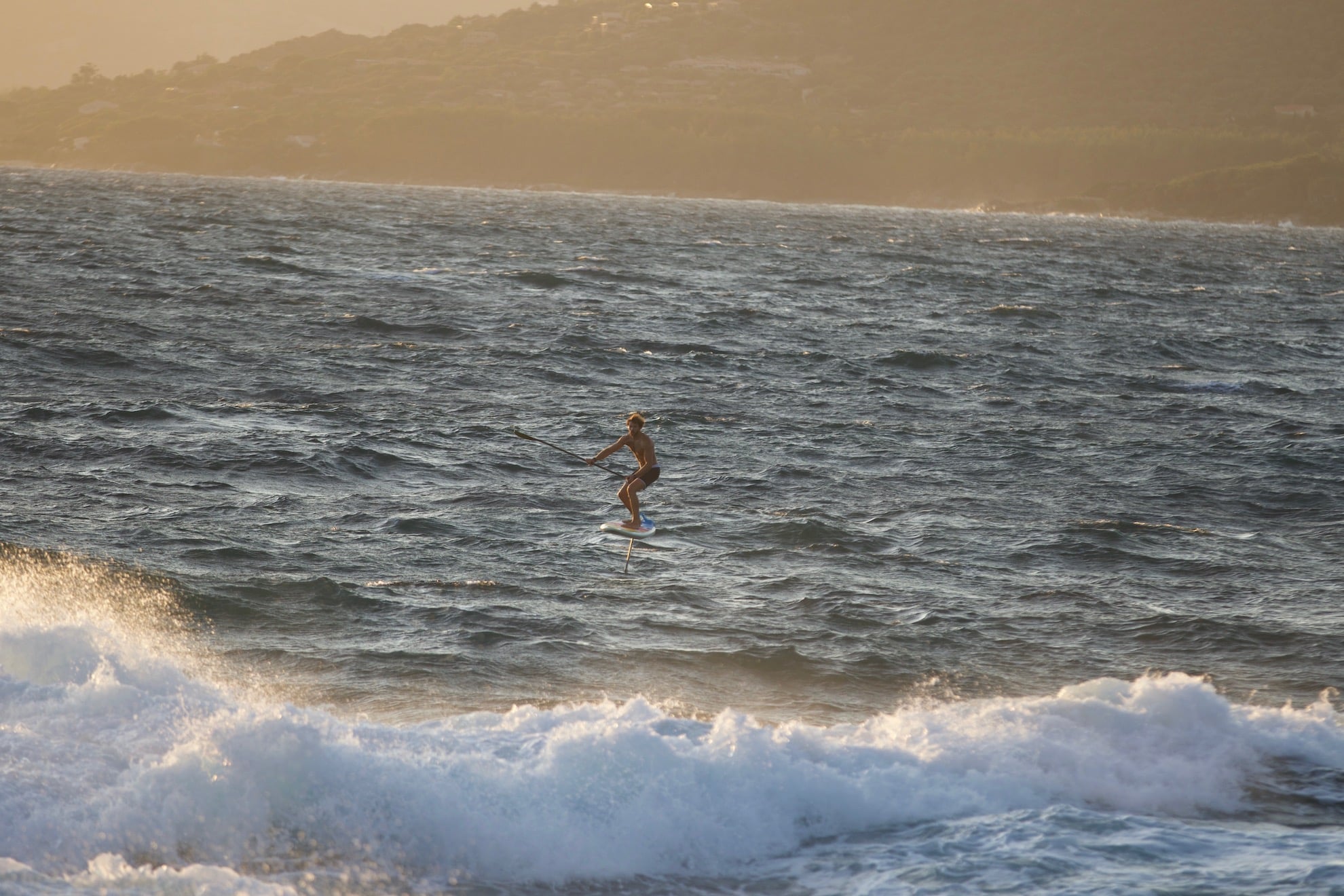
If you still have questions about this, or for any other request, please do not hesitate to contact us !
Article you may be interested in
The 360 wing foil is a maneuver that allows you to start freestyle flat on the water. This trick, which involves making a complete turn …
Mauritius, known for its white sandy beaches and crystal clear waters, is a dream destination for water sports enthusiasts. Among the popular activities that attract …
Wingfoiling is an emerging water sport that is gaining popularity due to its high accessibility. Whether you are young or old, wingfoiling is an activity …


